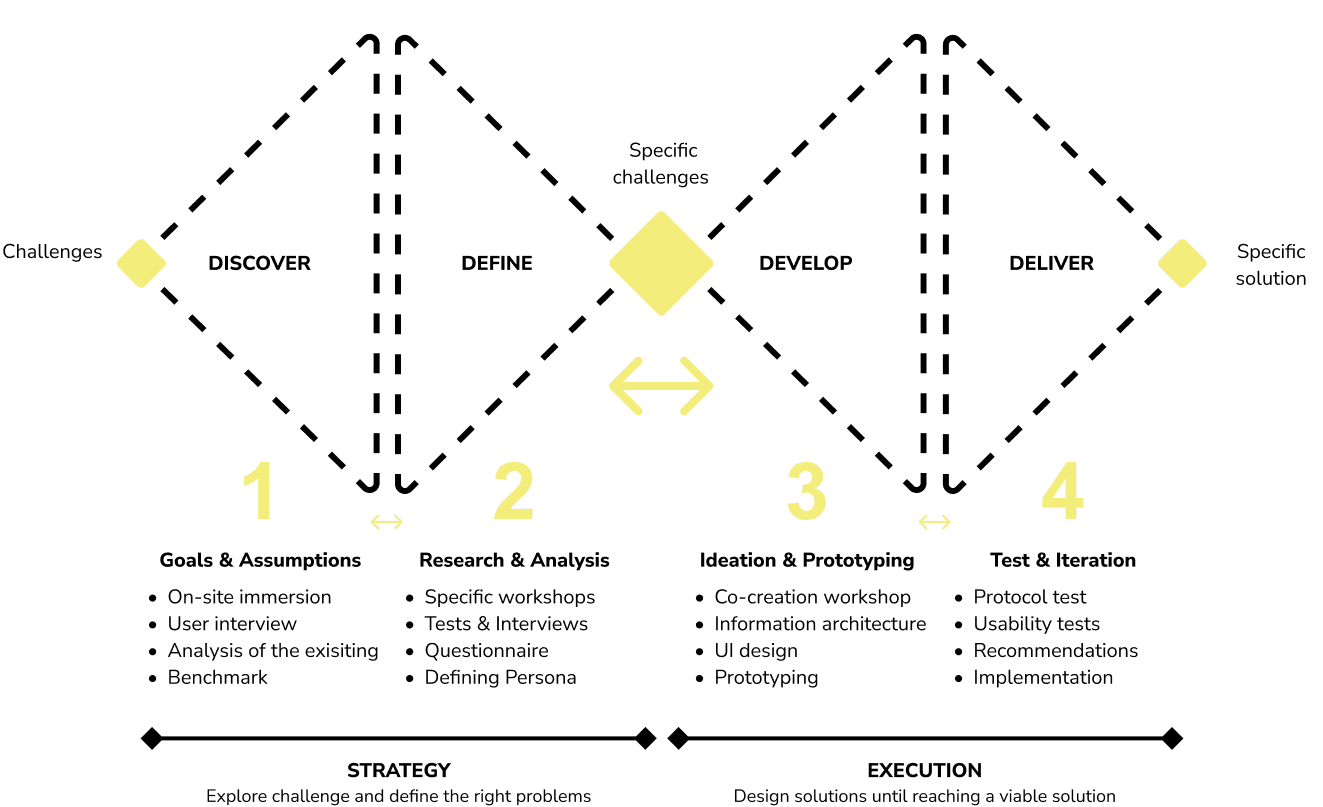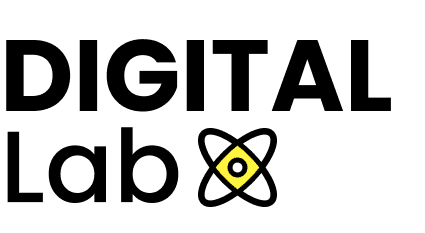The operational phase of an Agile project
The objective is to imagine and create the solutions envisioned during the discovery phase. This is the operational phase of your project that will bring the final product to life.
This phase aims to provide the following deliverables :
- A user journey mapping, functional wireframes and a final User Interface based on an existing Design System.
- A Minimum Viable Product, a user and business impactful version of the solution with minimal development effort. This deliverable allows for quick testing and validation of hypotheses while minimizing risk.
- A continuous improvement process in the form of a Product Map that relies on data and user experience to help teams identify new opportunities for improvement.
The delivery phase or release, is one of the key phases of the agile software development process.
This is the phase where the development teams deliver the developed functionalities to the end clients or users. This phase is crucial as it allows the development teams to transform ideas and designs into tangible products.
The delivery phase in an agile environment focuses on short-term and incremental feature delivery. This approach allows development teams to quickly deliver usable features to customers and receive regular feedback. The agile method promotes an iterative approach, in which features are delivered in each iteration or sprint.

To facilitate the delivery phase, development teams must ensure they have a solid infrastructure for source code management, version control, configuration management, and deployment. These tools allow for efficient change management and quick delivery of stable releases.
Delivery automation is also crucial in an agile environment. Tools such as Jenkins, Ansible, and Puppet are often used for automating delivery processes.
Ensuring the quality of deliverables.
During the delivery phase, the development teams must also ensure that the features delivered are of high quality and meet the needs of clients. Quality tests must be performed at each iteration to ensure that the delivered product is bug-free and meets quality standards. Unit tests, integration tests, and user acceptance tests are typically used to ensure the quality of the delivery.
Additionnally, development teams must consider the technical aspect of delivery. The delivered features must be easy to integrate into the existing architecture and compatible with the technologies used by clients.
The documentation should also be provided to help customers integrate the features into their environment. Finally, the development teams must be prepared to receive feedback from customers. Customer feedback should be considered as opportunities for improvement and product update.
In conclusion
The delivery phase is a crucial step in the agile development process. It allows development teams to quickly and regularly deliver features while ensuring high quality and compatibility with existing environments.
The agile methodology encourages an iterative approach and automation for continuous delivery of quality. By keeping in mind customer feedback, development teams can ensure that the delivered product to meet the needs of customers and continues to improve over time.

